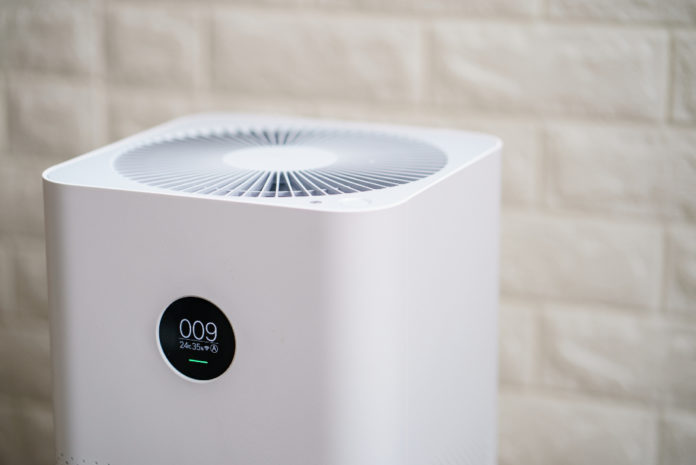Cut air pollutant and improve indoor air quality
Just a bit of preventative maintenance can go a long way to improve indoor air quality. You’re likely to come across news regarding air pollution and its effects on public health. But how often do you consider the quality of the air you breathe indoors?
According to the Environmental Protection Agency (EPA), indoor air pollution levels may be up to 100 times higher than outside air pollutants, and they may have a bigger impact on your health. Allergies, asthma, cancer, heart disease, low birth weight, and pneumonia can all be triggered due to poor air quality.
Did you know the average American spends 87 percent of their life indoors? While outdoor air pollution is a serious issue, it’s easy to overlook the fact that the quality of the air you breathe at home is just as essential. Let’s go over three strategies to improve indoor air quality.
Air Cleaners
Air cleaners come in a variety of shapes and sizes, ranging from inexpensive tabletop versions to sophisticated and pricey whole-house systems. Some air cleaners are extremely good to cut air pollutants and remove particles, others are not. The majority of air cleaners aren’t designed to remove gaseous contaminants. How successfully an air cleaner collects contaminants from indoor air and how much air it draws through the cleaning or filtering device determines its effectiveness. Keep this in mind the next time you shop for an air cleaner.
Natural Ventilation
Increasing the amount of outdoor air that enters your home is another way to cut air pollutants. Most heating and cooling systems don’t bring enough fresh air indoors. If the weather permits, open windows and doors to give your home a nice, fresh flow of natural ventilation.
Source Control
Typically, the most effective strategy in how to improve indoor air quality is to eliminate or reduce particular sources of pollution. Some sources, such as those containing asbestos, can be sealed or enclosed, while others can be adjusted to reduce emissions. Source control is often a more cost-effective strategy to improve air quality rather than increasing ventilation. For a majority of air quality issues, source control is known to be the most effective solution.
